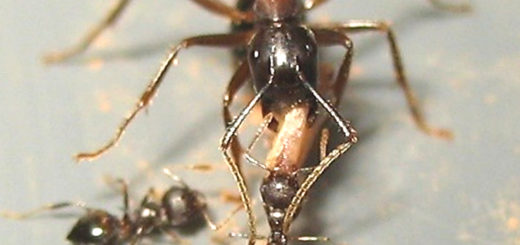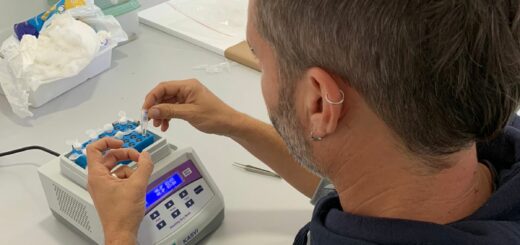Experiments on collective decision-making during food recruitment make no (ecological) sense
A View compiled by Tomer J. Czaczkes 
Collective decision making is an important topic, especially for social insect researchers. Broadly, it asks how groups of animals coordinate their behaviour. In ants, we ask questions about how nests sites are chosen and nests built, how swarm attacks are instigated and defences against them organised, and importantly, how colonies forage. Classic examples of experiments on collective decision-making during foraging include choosing the best of two different food sources, choosing the shortest path to a food source, and stopping recruitment when food sources are over-exploited. This field has inspired the influential Ant Colony Optimization metaheuristic and to this day continues to be enthusiastically studied (including by myself). So what’s the problem?
The problem is that, ecologically speaking, these experiments make little sense. These experiments almost exclusively involve depriving an ant colony of food for an extended period of time and then giving it access to an unending source of food. This results in a very strong and sudden surge of recruitment and usually results in pretty-looking foraging trails when studying mass-recruiting ants (see photograph). But this combination of starvation followed by an ad libitum food source simply does not reflect the environment the ants content with in nature. Usually, the species studied exploit semi-permanent but temporarily depleting food sources, such as honeydew from aphids. These ants do not usually go days without any food, and they are even less likely to find massive bonanzas of liquid food, like in the experiments. Consequently, their group-level behaviour in the wild bears no resemblance to the unanimous collective decisions made in the lab. Instead, the individual ants spread out amongst the various food sources, with only a few going to any one patch. Rather than a consensus decision, we see something resembling an ideal free distribution. The mechanisms driving this sort of distribution in ants are not well studied, but individual memory likely plays a large role in many species. In short, I believe that many of the results published using this collective foraging system are lab artefacts and tell us little about what ants do in the real world.

A clear collective decision by a colony of Lasius niger ants. Without a doubt, an amazing emergent behaviour is being demonstrated, but you are very unlikely to see such behaviour in the wild (© Tomer J. Czaczkes).
So, are such collective-decision-making experiments all just silly toys? Not at all. Firstly, many collective-decision-making systems are ecologically valid. This includes most research on nest-site selection and much of the work on nest construction and alarm behaviour. More broadly, however, I believe research into collective foraging behaviour in ants has provided deep insights into how groups can coordinate their actions and how emergent behaviour arises from complex systems. Many of the insights gained in artificial foraging settings can be applied, with only minor modifications, to more ecologically sensible situations.
I am not suggesting that we abandon this field of research. There is still much to learn and much fun to be had in the process. What I am arguing for is that insights should not be over-extended. Yes, let us study this field to gain more insights. But let us be very careful about claiming that our experiments reflect what ants do in the real world.
Still interested? Check out the groups website!





Recent Comments